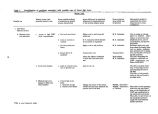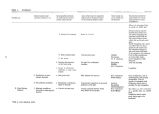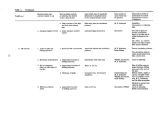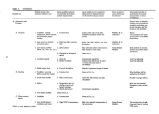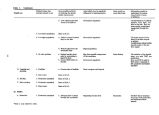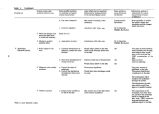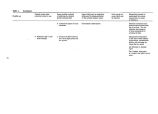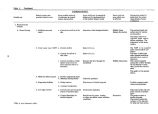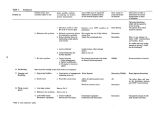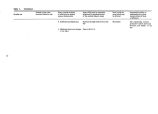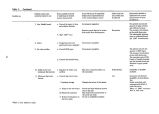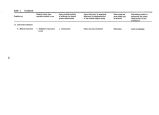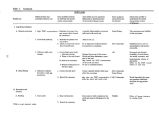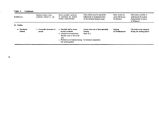| OCR Text |
Show Table 1. Continued. Possible use Desired system characteristic related to use Some possible methods of achieving the desired system characteristic Areas which may be negatively influenced by implementation of the method ( impact areas) Some social use areas which may be affected Information needed to understand the system characteristics of areas of influence E. Fishing o F. Hunting b. Maintain a high salinity environment 1. Sufficient dissolved oxygen a. Control BOD input b. Control benthic uptake 2. Low TDSa concentration a. Control contribution of TDSa from streams and lake 1. Productive habitat Same as II. A. 3. 2. Good hunting conditions a. Isolate from other users Restrict uses ( power boating) Government regulation Could limit near shore users Limits uses which disturb these deposits Alters the habitat 3. Easy access a. Construction of roads Restricts uses Alters habitat Recreation Recreation Wildlife Recreation The salinity level under present conditions and methods to increase this level. The relation between the survival of pathogenic organisms and TDSa concentrations. Present source of BOD The distribution of DO within the bay if it is allowed to freshen. Present contributions of TDS from lake sources The characteristics which are good for hunting. II. Wildlife A. Marshlands 1. Low or restricted human a. Restricted access- land intrusion 2. Low health hazard to wildlife 3. Productive habitat aTDS is total dissolved solids. and water b. Proper land use planning c. Establish buffer zones in which no adverse recreational use is allowed ( power boats, motorcycles, etc.) a. Sufficient flow through the marshlands a. Sufficient flow through the marshlands Limits other uses of the bay Recreation Government regulation Recreation Restrict other uses of fresh water Water supply Same as II. A. 2. a. Possible land use patterns which create the least conflicts. Flows required to maintain a productive marsh. |


















